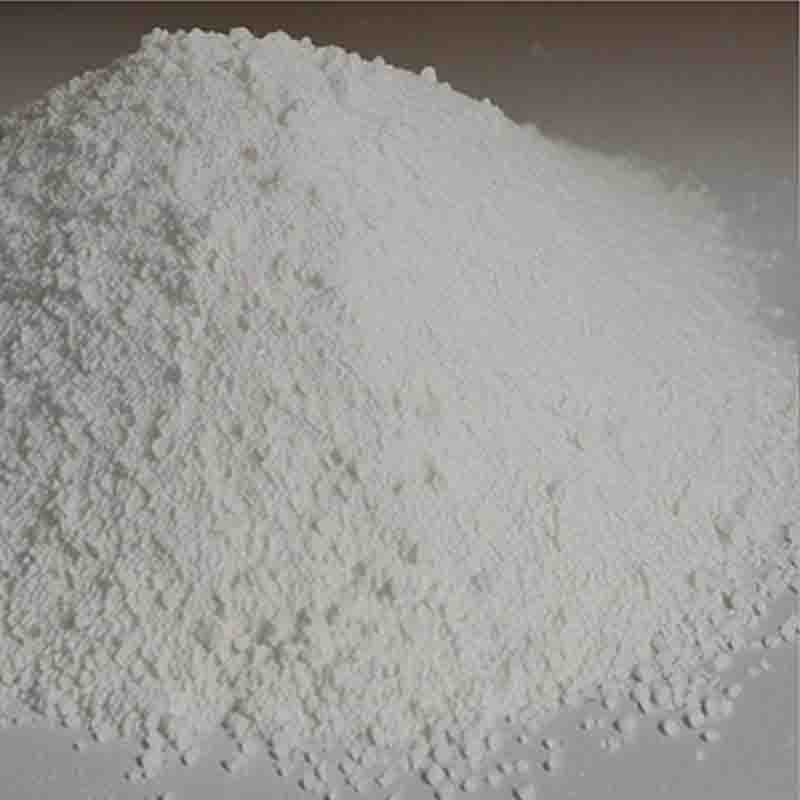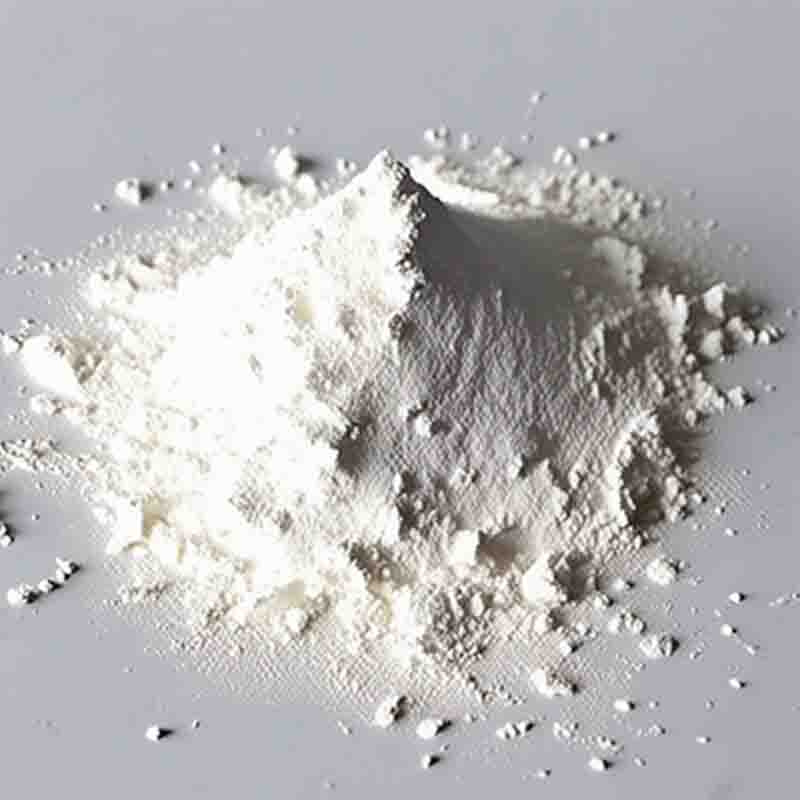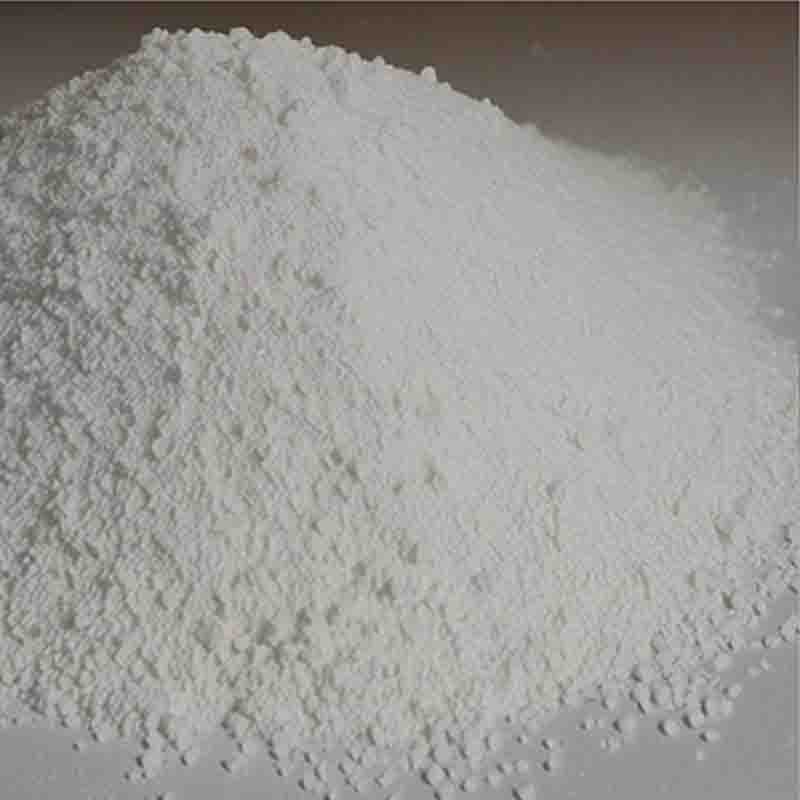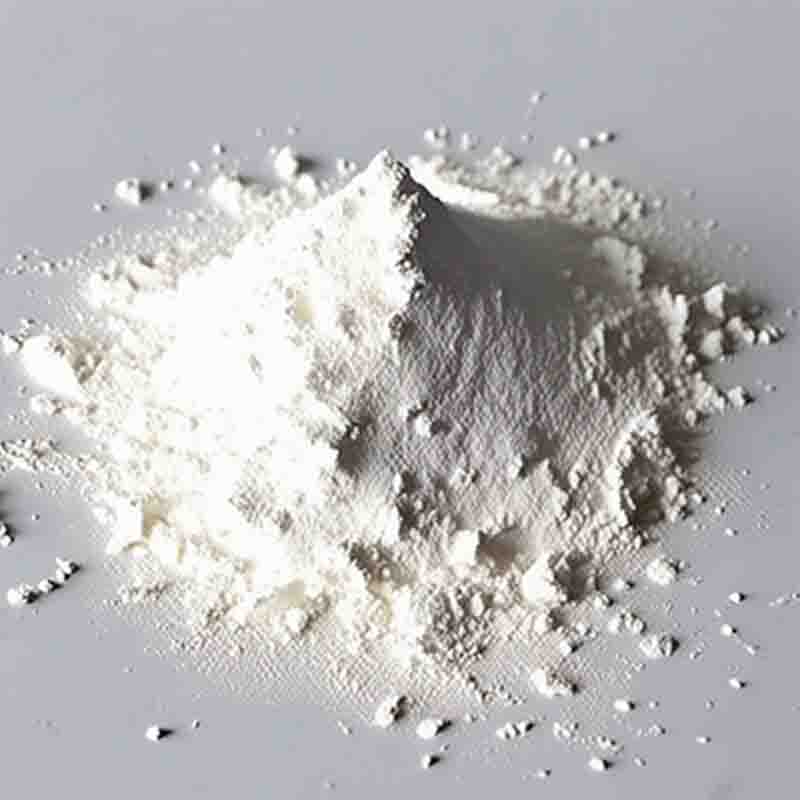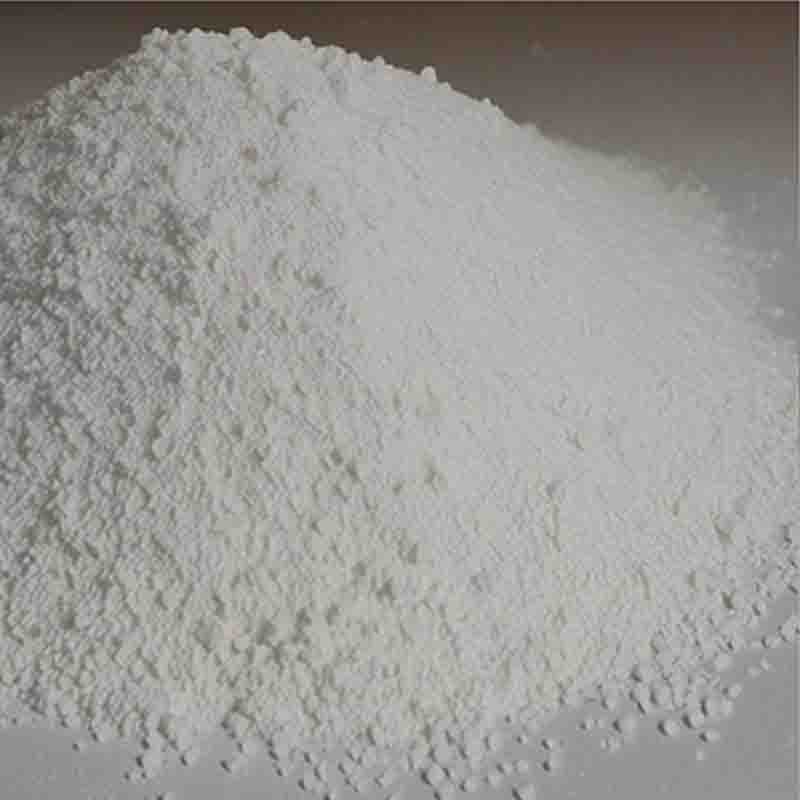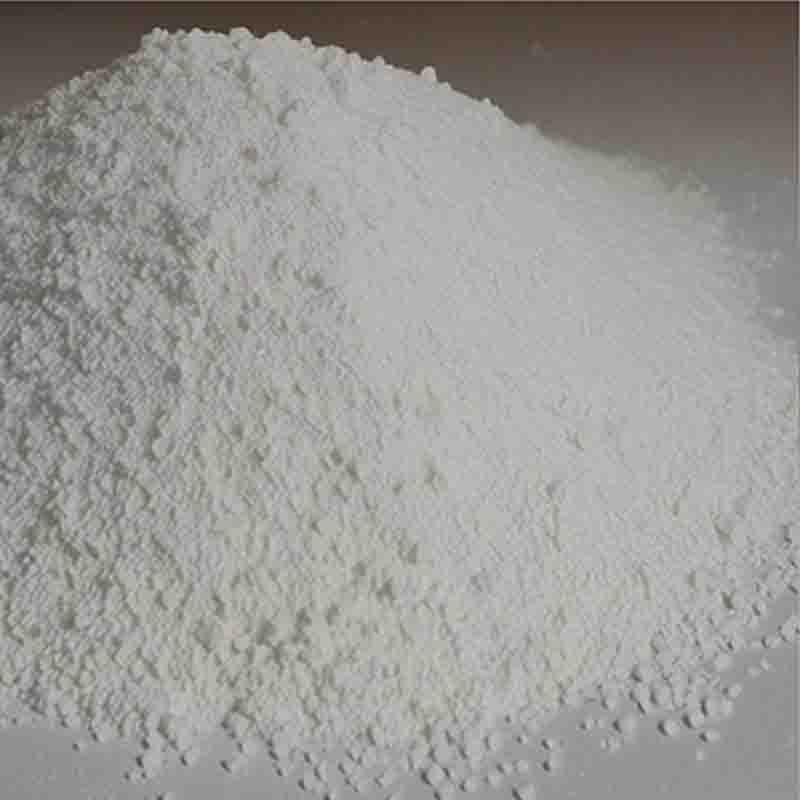Allylamine hydrochloride CAS: 10017-11-5
| Catalog Number | XD94175 |
| Product Name | Allylamine hydrochloride |
| CAS | 10017-11-5 |
| Molecular Formula | C3H8ClN |
| Molecular Weight | 93.55 |
| Storage Details | Ambient |
Product Specification
| Appearance | White powder |
| Assay | 99% min |
Allylamine hydrochloride (C3H8ClN) is an organic compound that is primarily used in the synthesis of various polymers. It is a white crystalline solid that is highly soluble in water, making it convenient for a wide range of applications.One of the main uses of allylamine hydrochloride is in the production of poly(allylamine hydrochloride) (PAH), a cationic polymer. PAH has exceptional properties that make it useful in numerous industries. For instance, it is widely employed in the field of biomedicine. PAH is often used as a drug carrier due to its positively charged nature. It can form stable complexes with negatively charged drugs, enhancing their solubility and bioavailability. This is particularly advantageous in drug delivery systems, where PAH can improve the efficiency and effectiveness of medications.Furthermore, PAH is utilized in gene delivery applications. Its cationic characteristics enable it to form stable complexes with nucleic acids, protecting them from degradation and facilitating their delivery into cells. PAH is used as a coating material for nanoparticles, allowing for controlled release of genetic material. This property is crucial in gene therapy, where PAH can help introduce therapeutic genes into target cells.PAH also plays a significant role in biomaterials science. It is often used as a coating for various materials, as its positive charge allows it to adhere to negatively charged surfaces. This property enhances biocompatibility and promotes cell adhesion. By modifying the surface properties of materials, PAH can be used in tissue engineering and regenerative medicine applications.Another notable application of allylamine hydrochloride and PAH is in sensor technology. The cationic nature of this compound enables it to interact with negatively charged biological molecules, making it ideal for the development of biosensors. By exploiting these interactions, PAH-based biosensors can detect proteins, enzymes, nucleic acids, and other important analytes with high sensitivity and specificity.In summary, allylamine hydrochloride is a versatile compound with numerous applications. Through its derivatives, such as poly(allylamine hydrochloride), it can be used in drug delivery, gene therapy, biomaterials, and sensor technology. Its unique properties make it a valuable component in various scientific and technological fields, providing solutions to challenges in medicine, biotechnology, and materials science.


